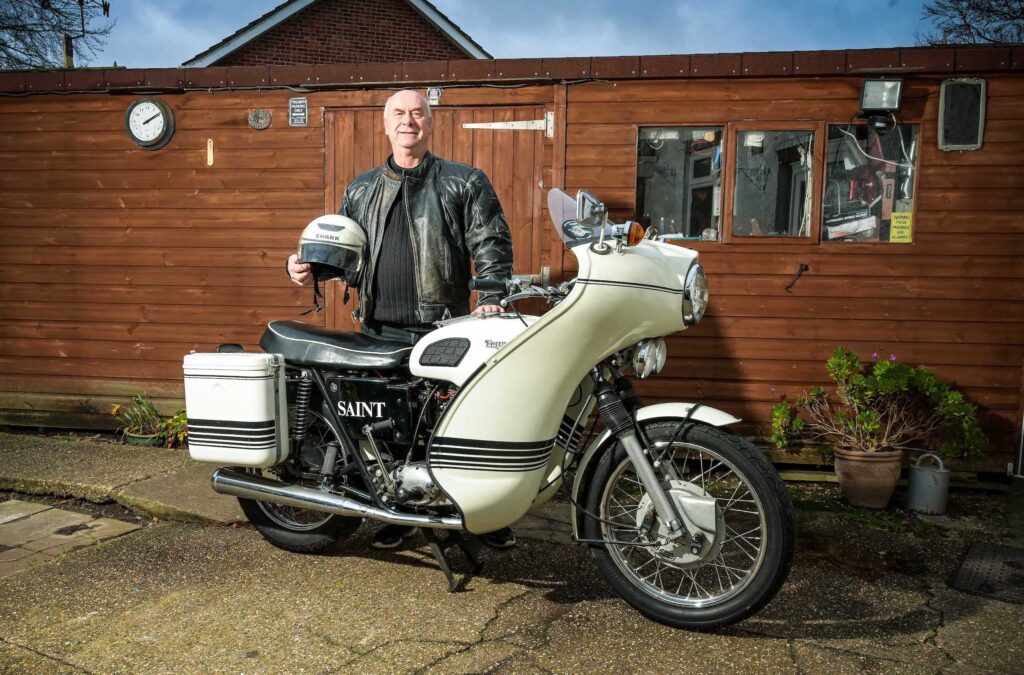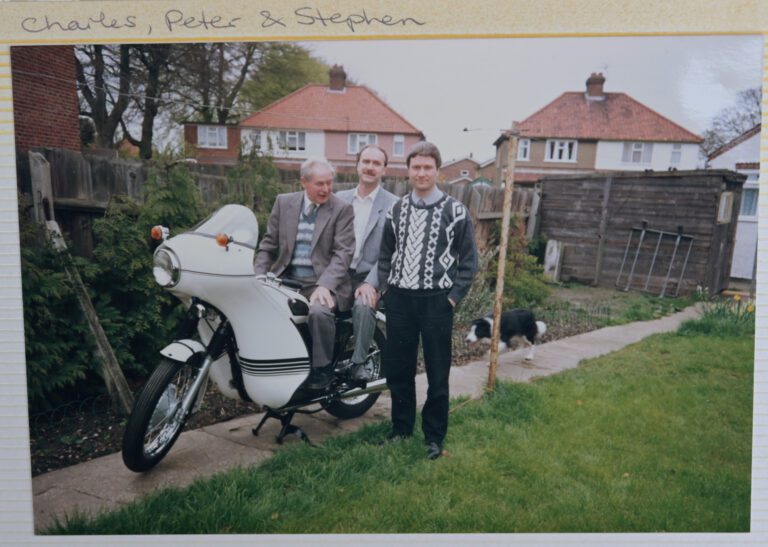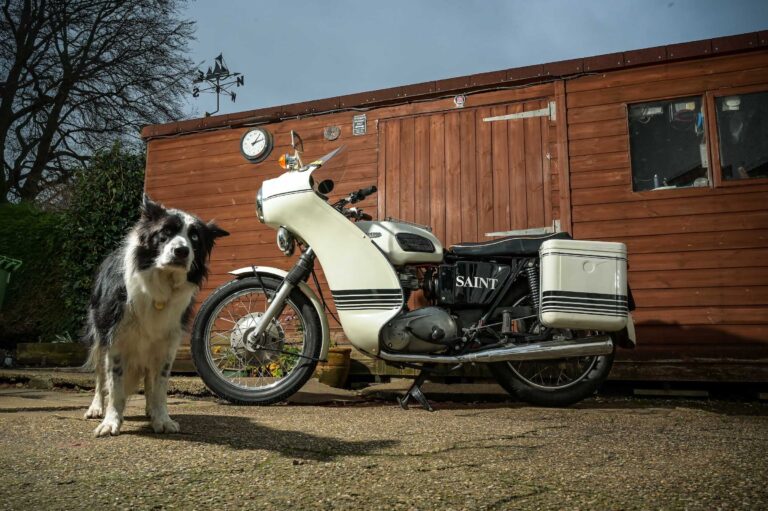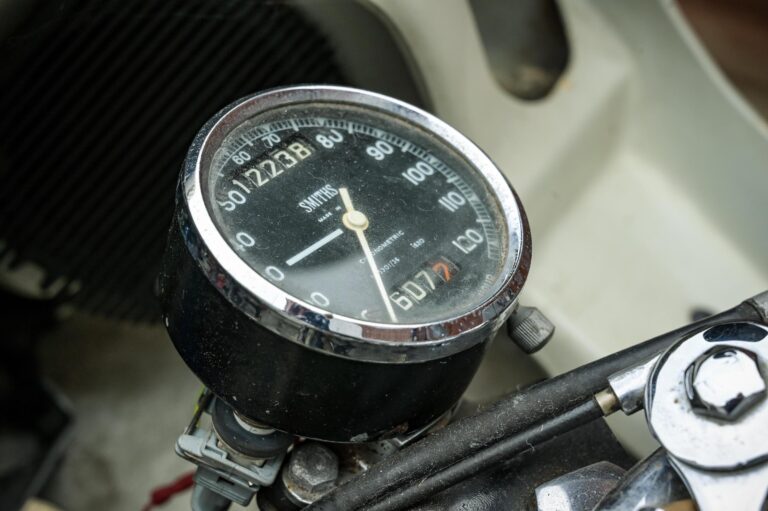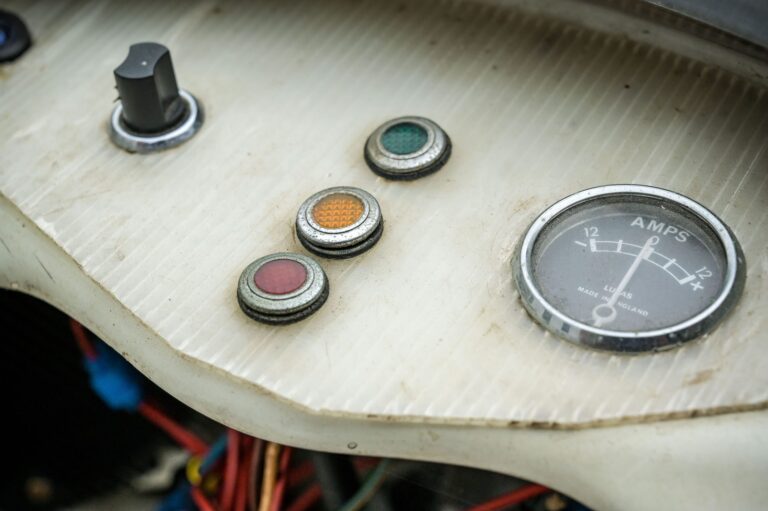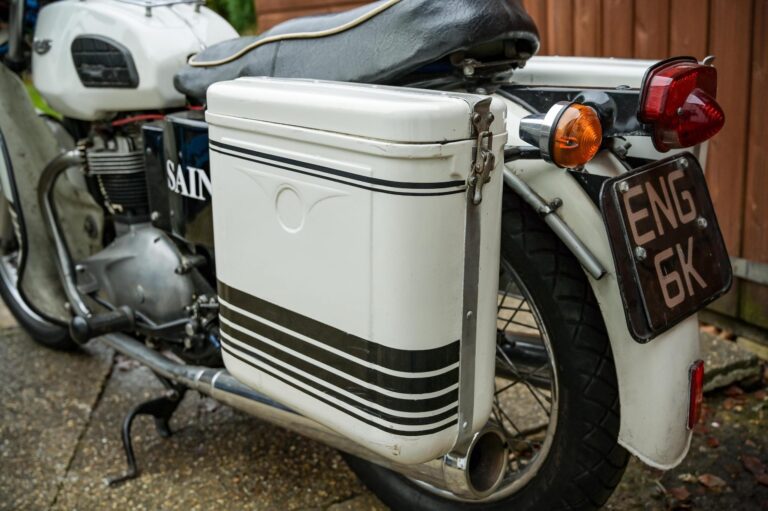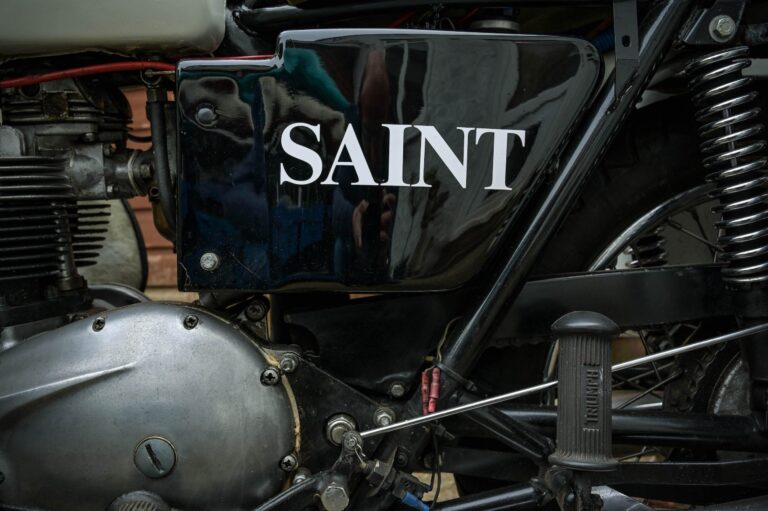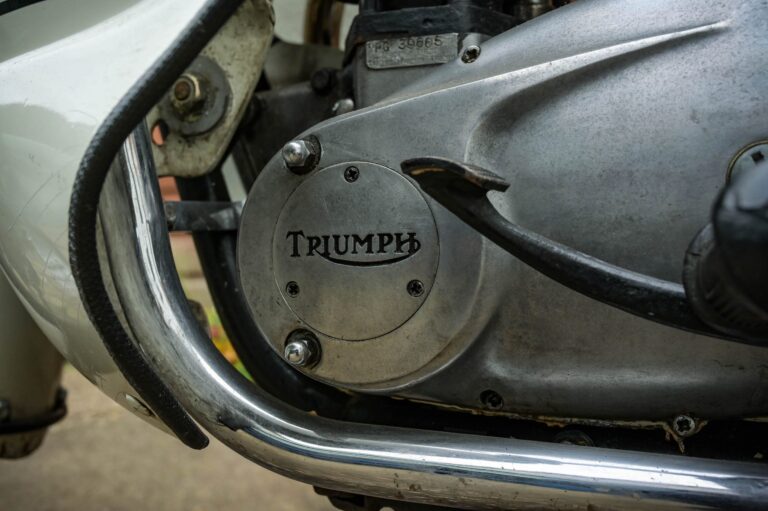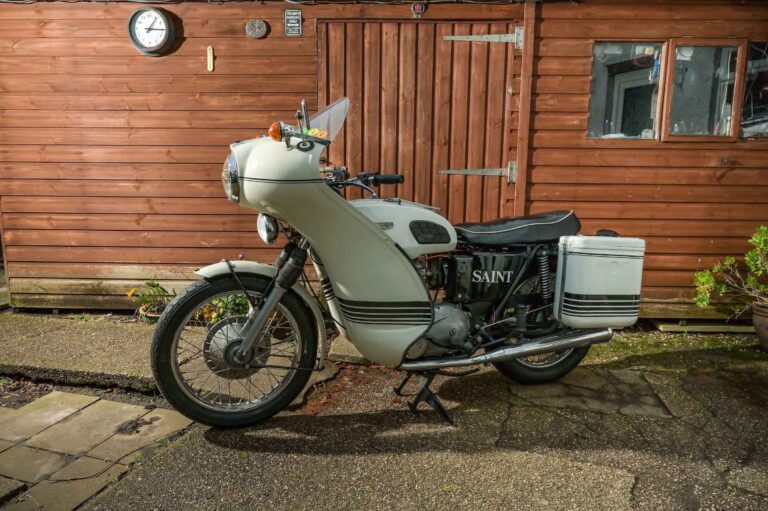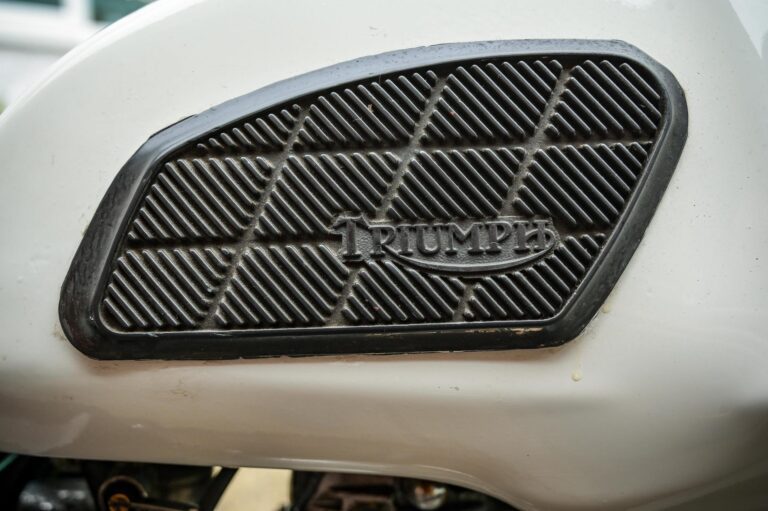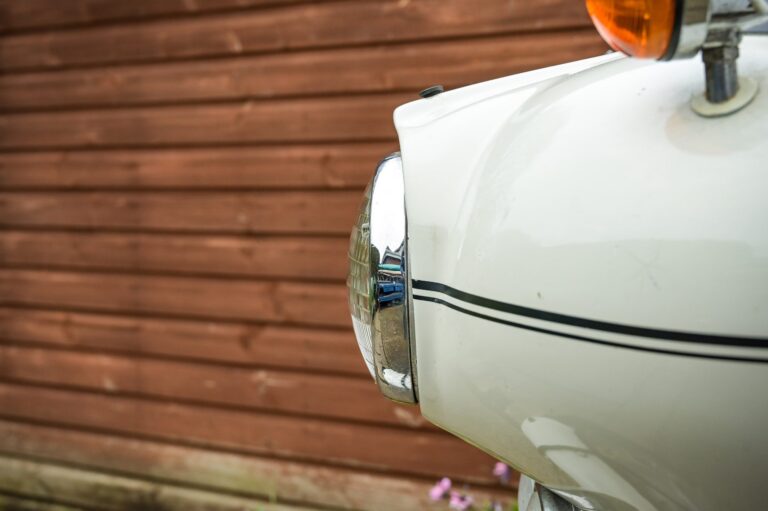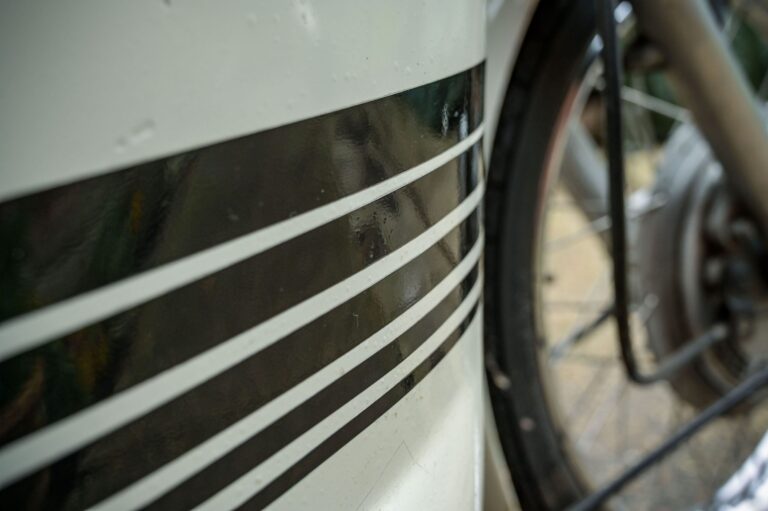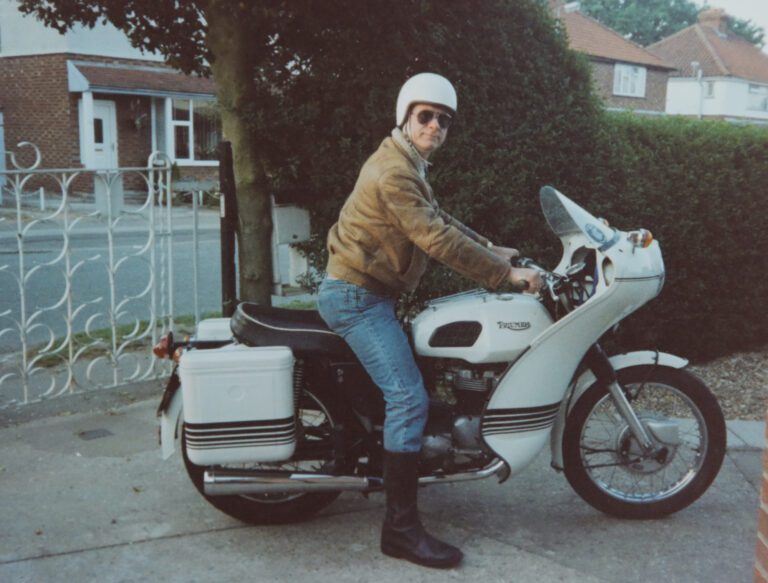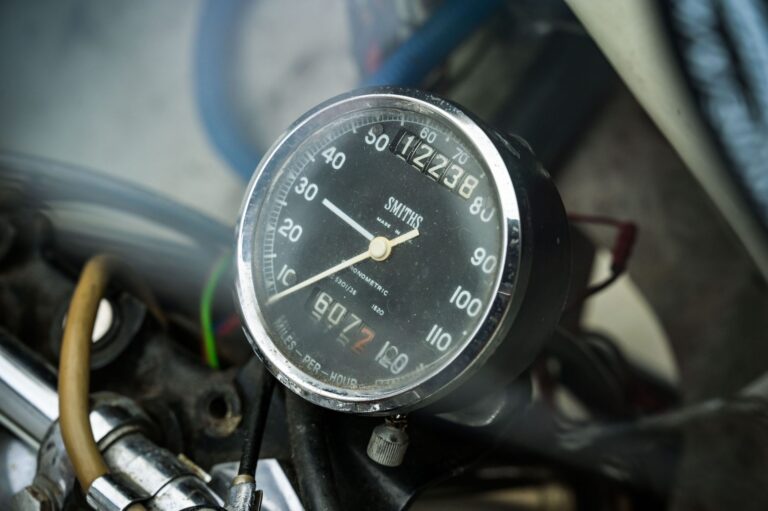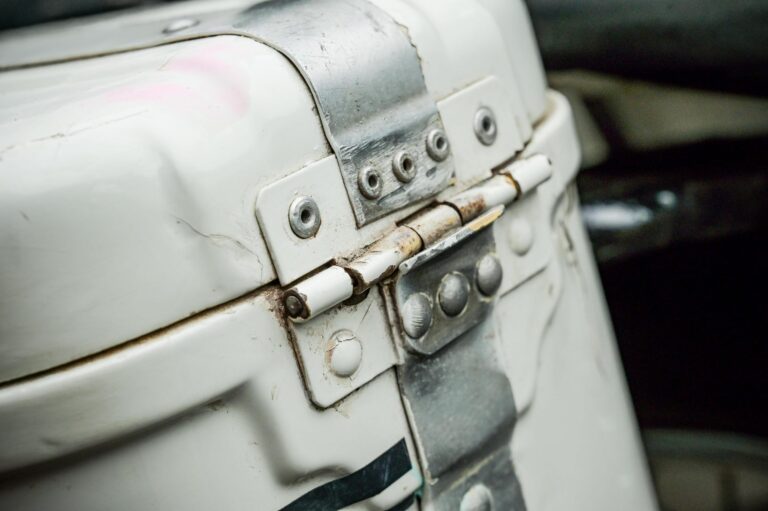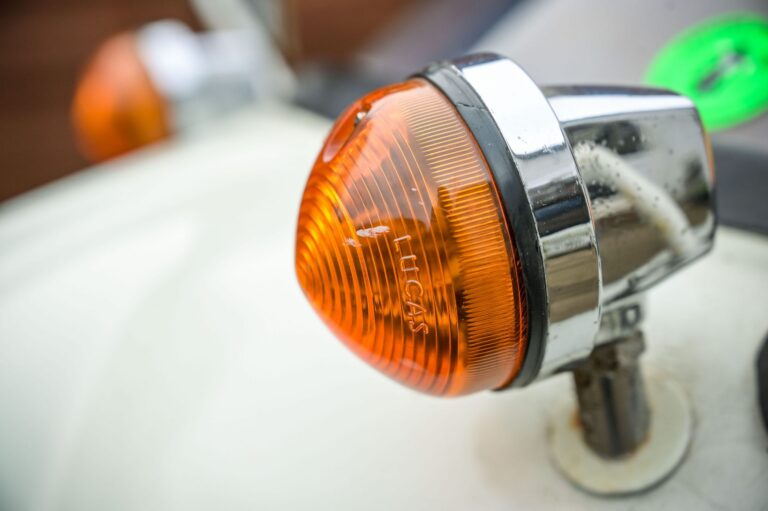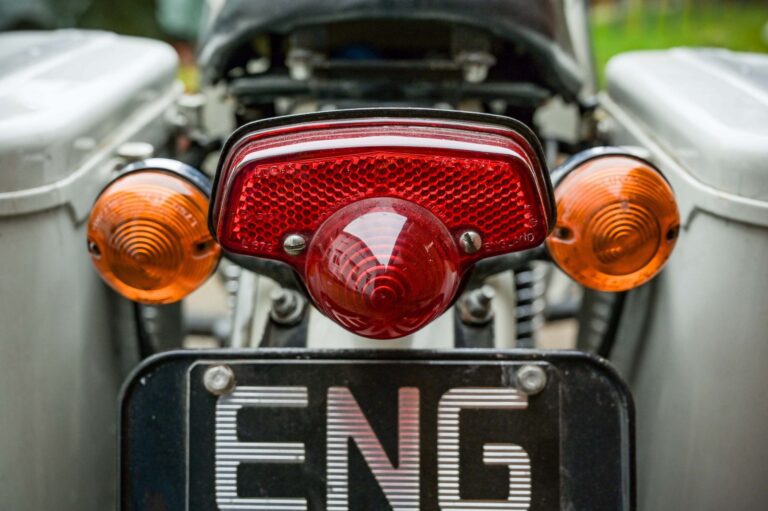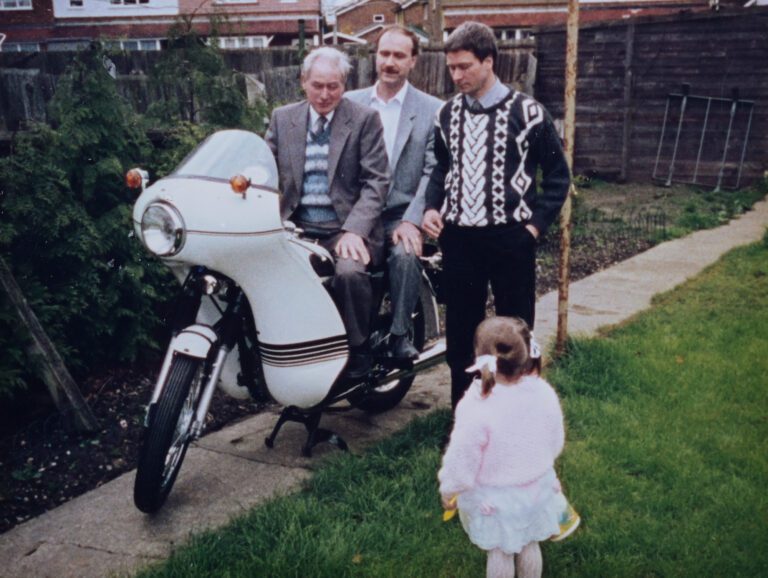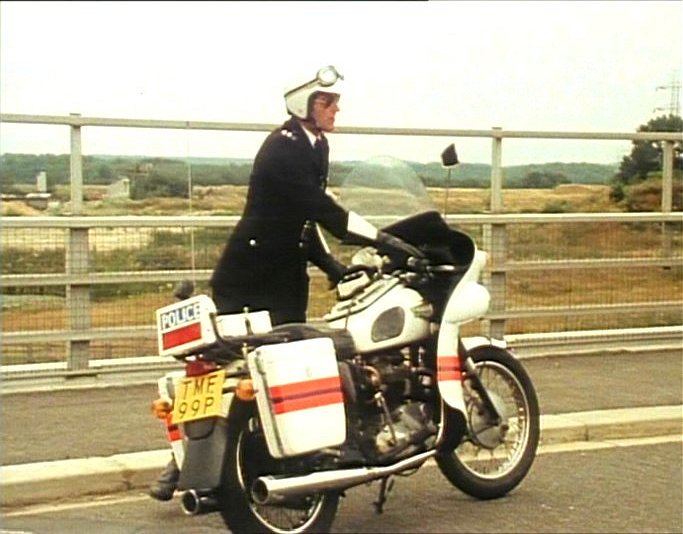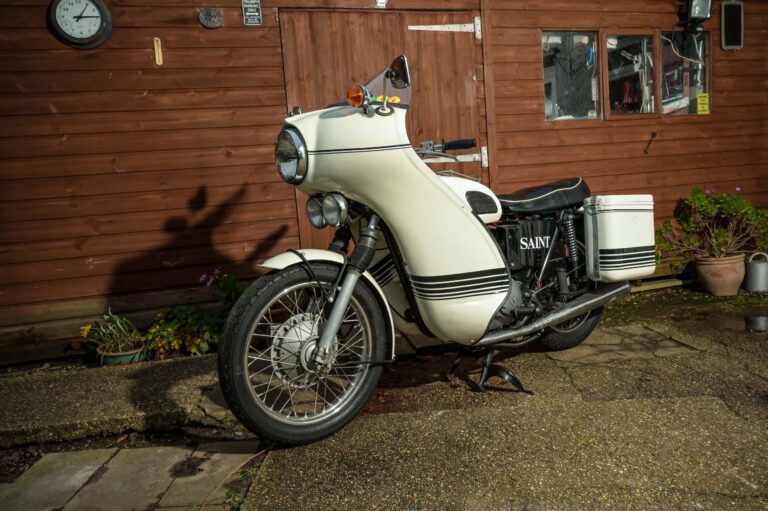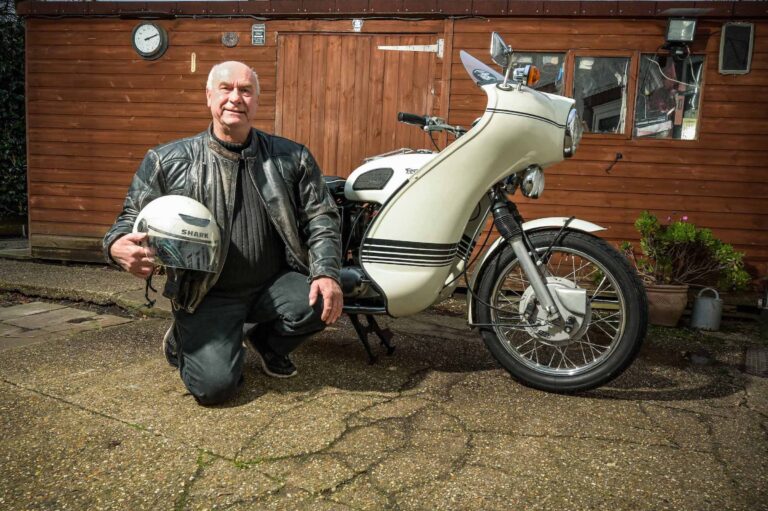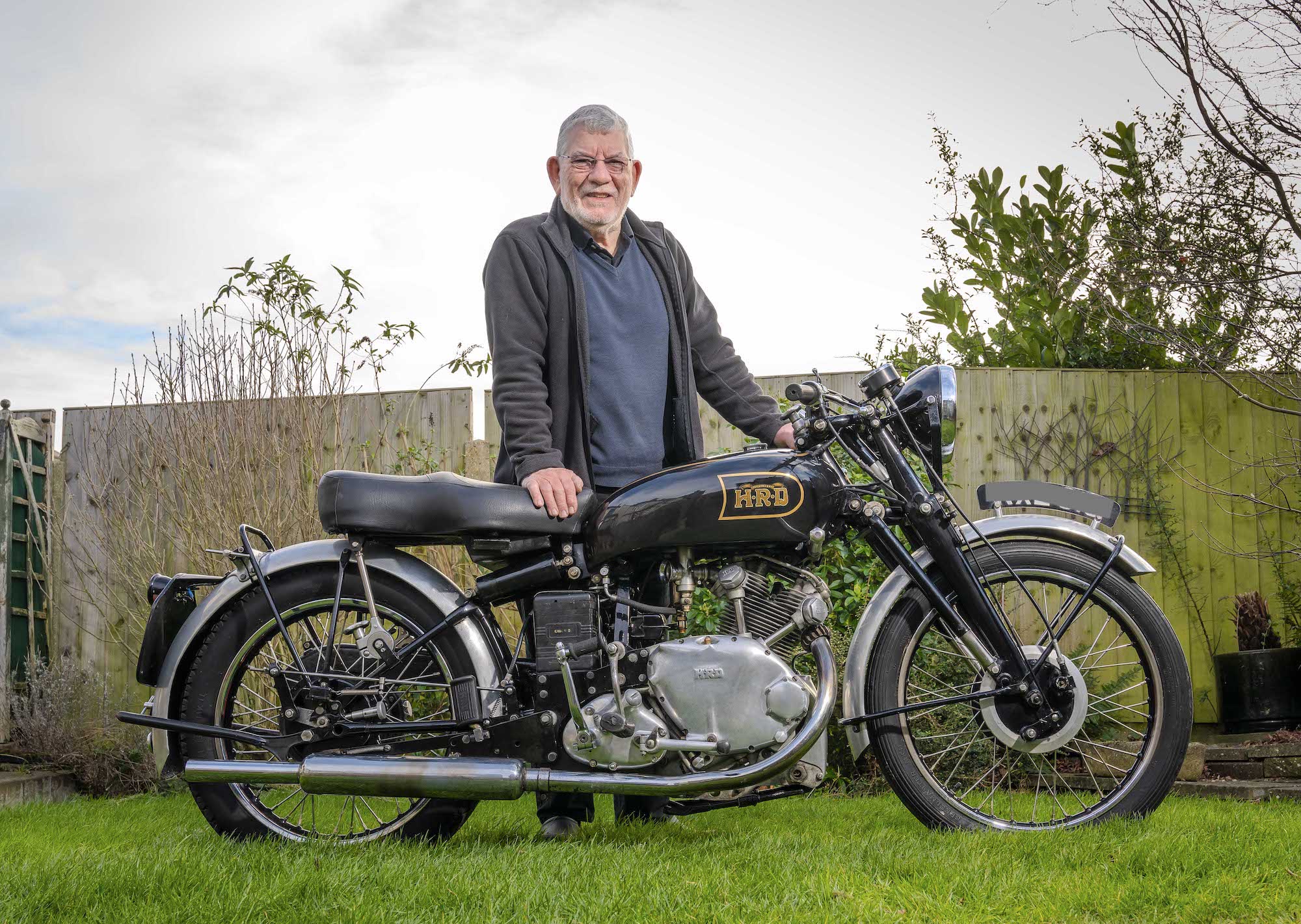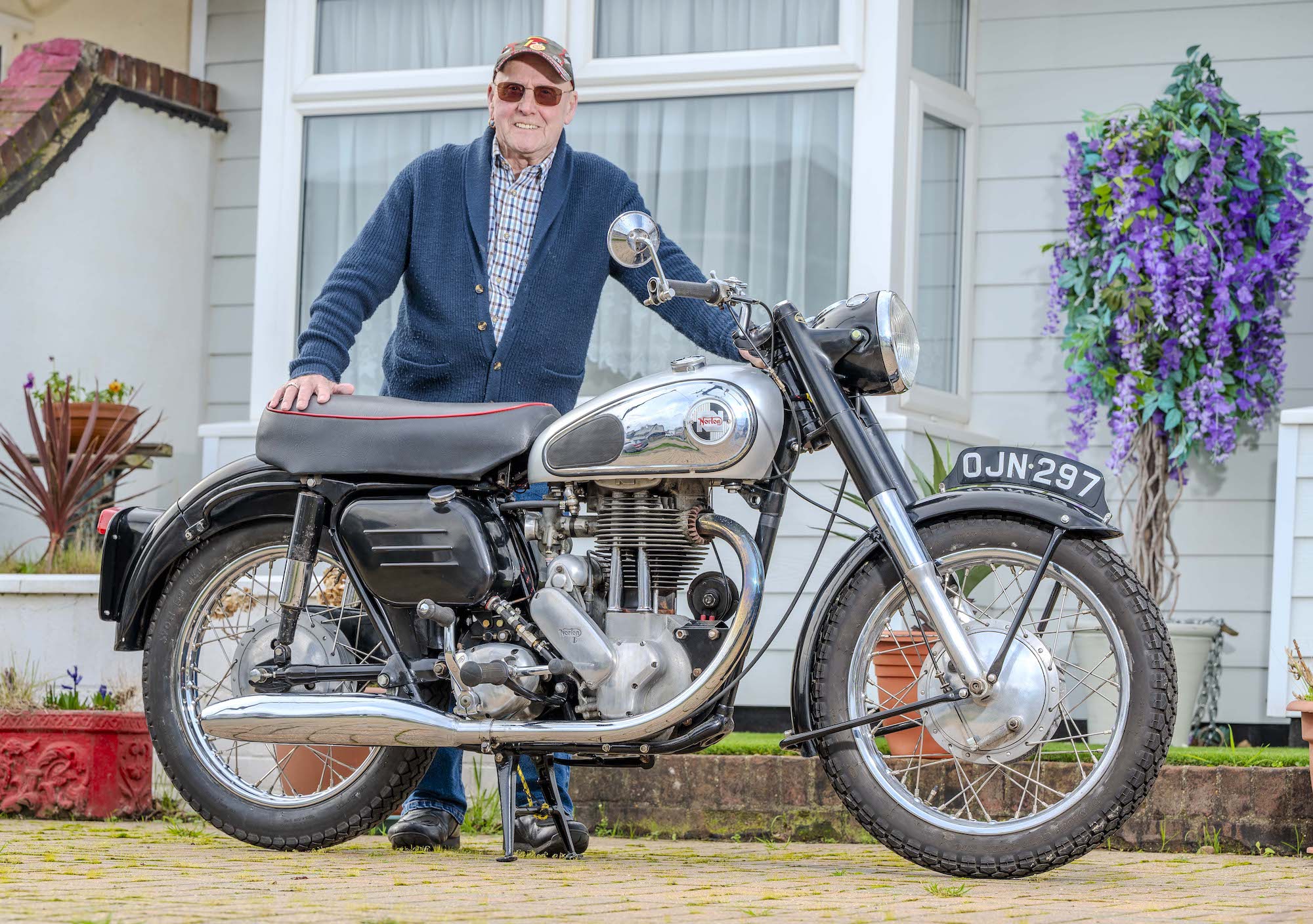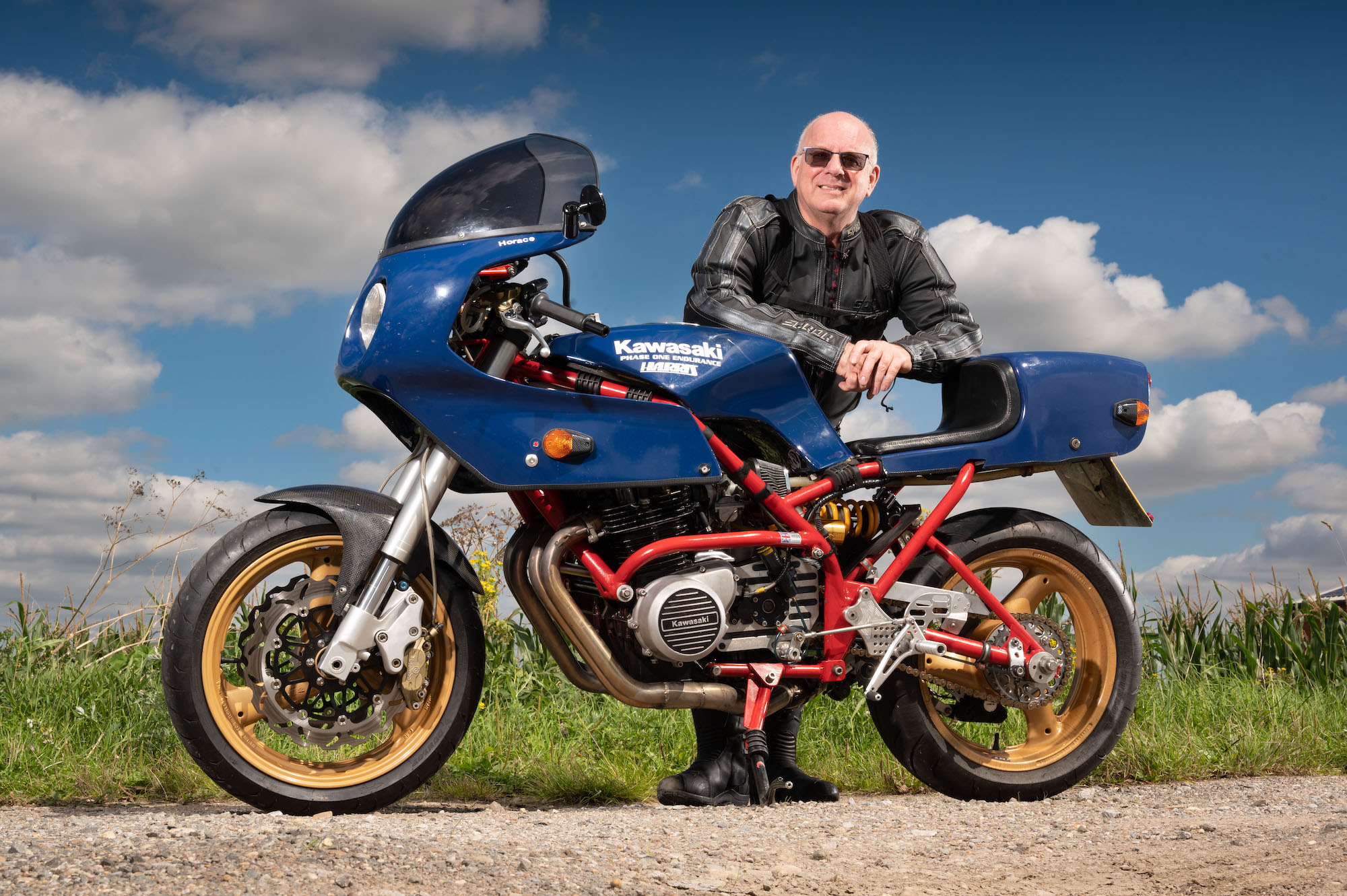What makes an old bike special? Sometimes it’s the rarity, the retro looks, the noise it makes, or the joy of fettling a relatively simple machine.
But for Peter Lemon, it’s the memories that make his 1972 Triumph Trophy TR6P mean more than the sum of its parts.
It’s a poignant reminder of his late brother Stephen, who originally bought the ex-police bike at auction; of his wife Caroline’s first ever pillion ride on a motorbike, when nerves quickly gave way to thrills; and of using the family kitchen as a spray booth.
“I bought it off my brother in 1984,” says Peter, 67. “He had it in his shed for a long while and didn’t do anything with it. He isn’t with us anymore, and it’s really all I’ve got left of him. I wouldn’t want to get rid of it for that reason.”
Buying an abandoned BSA C10
Like his older brother, Peter was into bikes from his teens, buying a BSA C10 side-valve at 14 after seeing it seemingly abandoned in a garden on his way to and from school.
“I’d seen it sitting outside in this person’s garden for years, and eventually I asked if I could have it,” he says. “He said ‘yeah, take it away’, so I brought all of the bits home in a wheelbarrow and stripped it all down.
“One bitterly cold winter’s night, when my parents had gone dancing, I hauled it up two big steps into the kitchen to work on it in the warm. But they realised they’d forgotten something and came back, and there it was in the kitchen with me working on it. They weren’t too happy about that…”
Once he’d got the old bike back together, he asked Stephen to help him start it.
“I was a bit frightened to start it because I’d never started a motorbike before, so I got him to start it in case it kicked back,” he adds, then riding the BSA around the local marshes until he was old enough to ride on the road.
Not that the BSA made the journey with him…
Shed fire
“I ended up giving it to some chap, but he tried to start it in his shed, it caught fire, set the shed on fire and that was the end of that,” he says.
Meanwhile, Stephen was busy passing his bike test on a 250cc BSA C15, which he sold to Peter when he turned 16. He, too, passed his test on the bike.
The 250 didn’t last long though, replaced by a BSA Gold Flash 650, which Peter rode to work as an apprentice mechanic at the Norwich Motor Company, working on Rootes cars like Hillmans and Humbers.
He stayed with the company, and those that took it over, his whole working life as corporate mergers and takeovers changed the cars from Rootes to Chryslers, then Talbots to Peugeots.
As well as work, Peter enjoyed going out with mates and girlfriends on a bike he admits was “a bit too big for me at 16”.
“I weighed about nine stone at the time, and I couldn’t always hold it up,” he laughs, recalling a couple of embarrassing incidents. “When I first picked the 650 up, I stopped at the petrol pumps where I worked, got off, lost it and fell into the pump, taking the glass out and breaking the needle off the pump. I wasn’t very popular.
“Another time I fell into a privet hedge with the bike pushing me in. There was nothing to push against, just hedge, so I had a bit of trouble getting out of there.”
Biker gangs disrupting sleepy Norfolk village
It was the early 1970s and, even in sleepy Norfolk villages, things could sometimes get out of hand with biker gangs like the Satan’s Slaves occasionally causing mayhem.
“I was in a village pub when this mob turned up,” remembers Peter. “First of all they found the skin heads and beat them up, then they beat up anyone who was dressed in suits, and when they ran out of them they decided they would beat up anyone who wasn’t a Satan’s Slave.
“Well, I came into that category. I stood at the bar and one of them came up to me, Little Jimmy his name was, and he said ‘what are you looking at?’ I said something and they started on me. “The barman said ‘come over this side’, so I jumped over the bar and he let me out of the back of the pub. I got on the BSA, got my girlfriend on the back, and one of this crowd chased me on a motorbike and sidecar! Of course, I raced off and they couldn’t keep up and I lost him somewhere.
“Then I saw in the paper that a motorbike and sidecar had hit a tree that night. Thankfully they were all right.”
Peter had the Gold Flash for several years before moving on to a couple of Norton Dominators, one after the other.
Enter the Norton
He still had a Norton when Stephen bought the Trophy, paying £212 at auction for a bike that had spent its life in the hands of Suffolk Constabulary.
Famed for its role in The Great Escape, and its success in California desert racing that led to its ‘desert sled’ nickname, Triumph manufactured a special police version of the Trophy TR6 between 1967 and 1973, when it gained another nickname.
The ‘Saint’ (Stop Anything in no Time) was sold to more than 250 police forces worldwide and, while specifications vary, in Britain it had a lowered compression ratio (for cheaper fuel) and a beefed up alternator to cope with lights, sirens, radios etc.
Peter says the Triumph was in a sorry state when his brother bought it with the intention of doing it up.
“It was dreadful,” he says. “I would think before the police put it in the auction they stood it up in a corner. It was rusty, and the whole thing wanted a complete overhaul.
“The engine didn’t run, and it had just reached the end of the line as far as the police were concerned.”
After several years Stephen had made little to no progress on the bike’s restoration, so Peter reimbursed him the £212 he had paid at auction and got to work.
“I think he had realised he was never going to do it,” says Peter. “He bought it but had so many irons in the fire it was never going to happen, so he’d rather let me have it for what he paid for it and I got on with it.”
Not a happy engine at all
Peter got the 650cc twin engine running, but “it was banging and clonking and made that much noise it wasn’t a happy engine at all”.
Off it went to an engineer for a rebore, crank regrind and new pistons, which “quietened the engine down, but probably cost about the same as the bike had”.
The bike has been stripped of its lights, siren and radio, but the orange stripes on the police-issue fairing and panniers remained.
“You can’t ride it like that so I took them off and replaced them with black stripes,” says Peter. “I cleaned the bike up and used it like that for a while, then I thought I’d get all the chromework and paintwork done.”
Enter Caroline, the couple meeting in November 1987, when Peter had owned the Triumph for three years.
One day, it was time for her first ever ride on a motorbike.
“She used to go to private school and motorbikes were dirty, noisy things to her,” he says. “The first time I took her on the back of it we were doing about 15-20mph and she said ‘slow down, slow down’. Then, as we were riding around, she was getting more used to it and this thing came past us with a back wheel that wide and she said ‘catch him, catch him!’ so she got used to it pretty quickly, and she loves it now. As long as you’re warm and dry on a bike, you can’t beat them.”
Giving the TR6P a proper makeover
It’s a good job Caroline liked the Triumph, as Peter soon turned the couple’s kitchen into a makeshift spray booth when it was time to give the bike a proper makeover.
While most of the Trophy went off to receive a fresh coat of white paint from a friend at work, small parts like the foot pedals, chain guard, and nuts and bolts were sprayed black among the pots and pans.
“He took over the whole kitchen in the evenings,” remembers Caroline. “He would have all the bike bits strung out on a washing line between the drawers, from handle to handle, and there were paint fumes everywhere.
“We’d go to bed and when we’d come down in the morning we could still smell the paint fumes and I’d say to him ‘don’t touch it yet, you need to let it dry longer’. But he’s so impatient, and he’d touch it and he’d have to redo it all again.”
The holes left by the removal of the police paraphernalia were repurposed, so a carrier sits on the petrol tank where the radio was, and indicators and mirrors cover the holes left by police lights, while the single seat was swapped for a re-covered double.
Finally, a pair of smaller headlights now supplement the underpowered – by modern standards – main light.
For many years, the Trophy was Peter and Caroline’s Sunday cruising bike, before a 1981 Bonneville 750 and a 2013 Rocket III 2.3-litre joined it in the shed (along with a Honda CB Benly 125 commuter bike).
“We would go out round the coast in the summer, maybe start at Hunstanton and come round to Southwold,” says Peter. “When we go out on a Sunday we normally do about 100 miles, stop off at a pub and get something to eat. My mate’s got a Harley and we normally go with him.
“It’s been very reliable. It did blow a fuse once in Cromer but I was lucky because there was a car accessory shop nearby, I got another fuse and away we went.”
As well as Caroline’s first ride, the Saint also provided daughter Rebecca with her maiden bike voyage, Peter taking her on the back aged 10 to follow a charity pushbike ride around the county.
“A mate of mine was doing this 100-mile bike ride, so we caught up with them and followed them round,” he says. “Towards the end she kept falling asleep – I kept feeling her crash hat against me.”
Memories and fears
Although the lighter Bonneville and more luxurious Rocket tourer get more use these days, the Saint still gets a few run outs a summer, and sparks memories, and fears, on its trips around Norfolk.
“I stopped at Coltishall (near Wroxham) once and an old chap came over and said ‘I used to work on these’,” says Peter. “He used to be a police mechanic in Norwich, so it brought back some memories for him.
“Other drivers do sometimes slow down if they’re above the speed limit and they see me coming up behind them. Even though it isn’t in police trim, it still looks a bit like a police bike because of the fairing and the black stripes. It’s fine, because then I can overtake and get past them!”
Peter has two sons and four daughters and, while none of them are bikers, it’s possible they may want to hold on to the bike for sentimental reasons.
“I must admit, I put them off riding really, because I told them how dangerous they are with the drivers on the roads not seeing you these days,” he says.
“Maybe one of them will want it, but I haven’t even thought that far ahead.”
It will certainly be a long time before the bike that means so much finds a new home.
“Lovely old bike”
“It’s a lovely old bike,” he says. “It’s the sort of bike if you had a big enough lounge you’d bring it in and have it as an ornament in the corner.
“I don’t think I could get rid of it. Someone would have to offer me a lot of money and I’d have to be in the right frame of mind.”
Interested parties need not apply.
